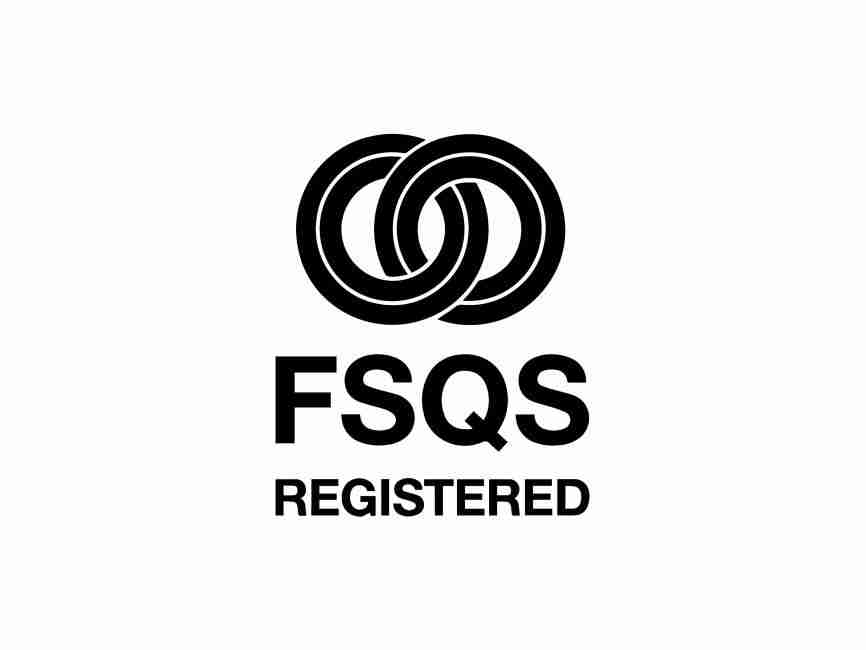Whether you are preparing for the ISDN switch-off, or are upgrading an existing system, it can be hard to know what to look for in a VoIP provider. Get it wrong and you could end up wasting a lot of money. With cloud-based telephony there are no large up-front infrastructure costs, making it the perfect choice for both SMEs and enterprises alike. But when you start shopping around, you soon see that there are hundreds of suppliers out there, and in a market that is notorious for its technical jargon, how do you find out which one is the best fit for you?
We’ve compiled a list of the top 10 considerations that will help you evaluate potential providers and buy with confidence!
1. What features are important to you and is this likely to change in the future?
We recommend that you list what it is that you would like your phone system to do for you. For example, do you need to route calls to different work groups (sales, support, accounts etc), do you need to record all calls? It is important to think about how your business might change in the future, there may be some features that seem unimportant right now but could be essential as you grow. As the provider to give you a complete list and check they have the ones you need and if these features are included in all packages.
2. Can your remote working requirements be met?
Will your company adopt a hybrid working solution where people are in the office some days and work from home the rest of the time? To make your dispersed teams productive, you need to offer your staff more than a simple call diverts and voicemails. Look for a cloud-based business phone system that supports collaboration across multiple devices. Can the provider offer you video and audio conferencing within the system as well as the ability to use mobile, business phones, computers and tablets to make and receive calls and more?
3. Security.
Customer communication often involves sensitive information. Check what standard and enhanced call security is available on the platform and ask your provider about fraud prevention measures.
4. Can you try before you buy?
A trial period is the best way for you and your users to explore a VoIP system. When you start a free trial ask the provider to give you a demo first– this will help you to learn about important features that will impact on your business, and to learn how to set up your call flows to suit your needs.
5. What is the support process?
Since a cloud service provider manages the overall telecoms infrastructure, your IT team will be freed up to work on more business-critical projects. Sometimes, however, extra support can be needed. Make sure that you question the provider on the following:
- What support hours are offered as standard?
- Are there out-of-hours support options?
- Ask the provider to show you their Service Level Agreement and records of how often they meet their service targets.
6. How much technical understanding is required to manage the system on a day-to-day basis?
Many VoIP phone systems give you the ability to make simple changes yourself, graphical IVR systems and user-friendly portals which will mean that you don’t have to call IT or your service providers for routine requests as you can do this yourself.
7. Are the features user-friendly?
Your staff want an intuitive application, not one where they are poring through technical manuals. They will be quick to embrace business communications solutions that offer ease-of use. Important things to consider are:
- Are functions easily completed with single commands or by drag-and-drop, instead of multiple steps?
- How easy is it to access the system from different devices? Do they use a single log-in?
- What training and online guides are available?
Remember, the free trial is the best way to familiarise yourself and evaluate the features on offer.
8. Flexibility and future proofing:
To stay competitive, your business needs to be agile, your VoIP solutions needs to evolve and grow with you. Some providers and solutions are more flexible than others. The following questions will help tease out any potential limitations:
- Can you add individual users incrementally as you scale up?
- Is it possible to mix and match different subscription plans on a per-user basis?
- What future product development is on your roadmap? Will new releases be automatically available, or will they need to be purchased?
9. Are there any hidden costs?
It’s crucial to understand the pricing structure to know if there are any hidden charges. With some VoIP providers the platform has two costs attached to it. One for the software rental and the other for call rates. Other providers operate with a subscription only model. With the latter you know your costs upfront, so you are not hit with a nasty call cost charges when you get your monthly bill.
It could be false economy to take out a low-cost subscription for users who make a high volume of calls, so you end up with high out-of-bundle charges. Ask your provider for the cost of bundles and also their per-minute call rates.
10. How long has the provider been in the market?
The longer a telecommunications provider has been in business, the more experience they will have with companies like yours’. Well established VoIP providers will have invested in quality infrastructure and development teams, so you can be confident that the service will be around in the future.









